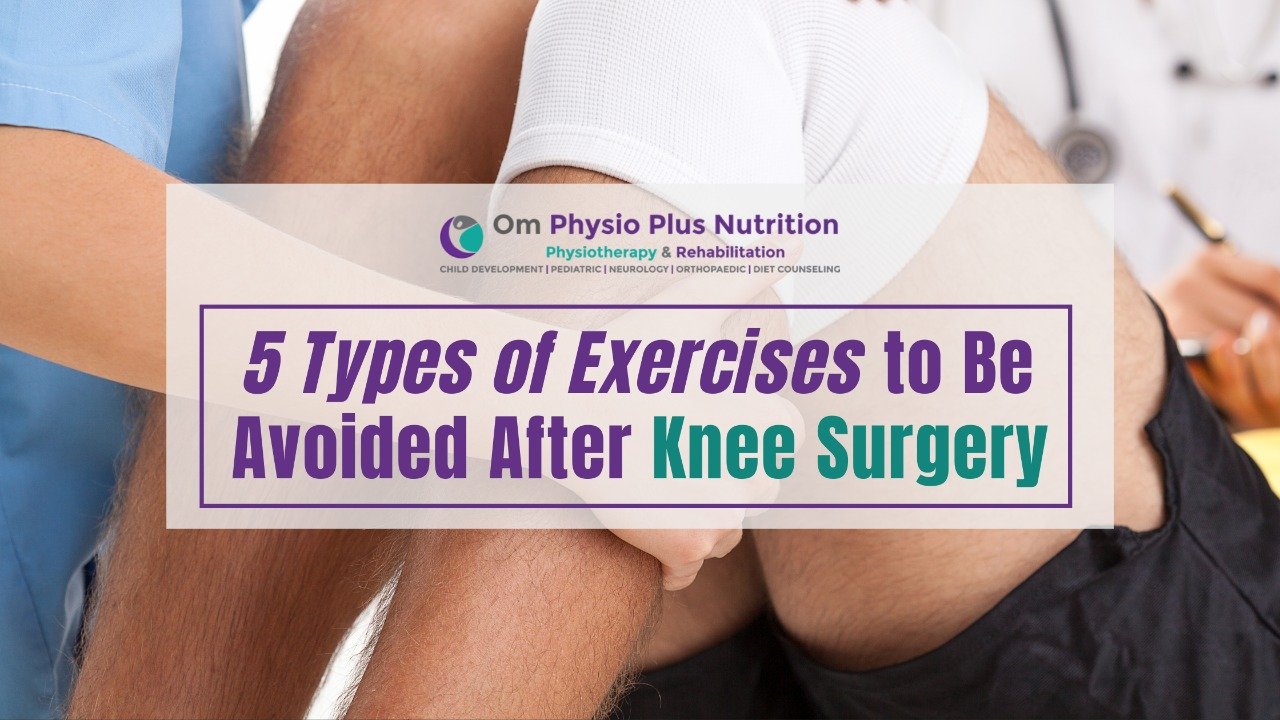What Exercises and Physical Therapy Help to Treat Sciatica
The sciatic nerve is the nerve that runs down the leg from the end of the lower back. When the pain radiates throughout this nerve, the patient is said to have the symptom of Sciatica. This condition can be a result of certain underlying conditions such as Hernia, spinal discs, etc. Sciatica can initially show itself as a minute but continuous pain or numbness in the leg, back hip, or foot.
For the treatment of Sciatica, certain targeted exercises and physical therapies are considered primarily effective. These treatment options for this condition are provided by skilled practitioners such as physiotherapists, trainers, etc. Physiotherapy exercises and techniques are particularly advised to the patients for the treatment of pain that comes along with sciatica.
Physical therapy and exercises aim for following things in the treatment of Sciatica
Physiotherapists and other professionals use the help of physical therapy and exercises to attain certain goals for the patient to be completely free from their condition. These professionals know that the key to the increase in the success rate of the treatment is consistency and skillful hands. These are the aims of physical therapy and exercises in the treatment of sciatica:
- Making the patient regain their ability to move their body without restriction and pain
- Relieve the patient from pain in organs associated with sciatica
- Minimize involuntary muscle contractions
- Strengthening the spine and joints to increase their normal functionality
- Increase flexibility in the legs to improve their movements
- Use proper techniques and surroundings to increase the healing process
- Prevent the reoccurrence of pain in the patient
Treatment techniques in physical treatment and sciatica for sciatica
Physical therapy for sciatica includes various methods and their combinations such as:
- Mobilizing nerve: In this method, the sciatic nerve of the leg is put into a state of changing tensions. Because of this, the patient feels a reduce in pain while moving
- Enhancing joint movement: This is done by putting calculated pressure on a joint to make its movement smooth. This technique is done frequently as a therapy to enhance the overall movement of the joint
- Dry needling and acupuncture: This technique is done by a highly-skilled professional to stimulate target points in the body through specialized needles. This method releases the contractions in muscle and releases certain chemical substances such as endorphins to reduce pain
- Releasing tension in soft tissues: It is done with the help of hands and equipment where physiotherapists release the tension in soft tissues in areas such as legs, buttocks, hips, and back. This increases the mobility in these organs while reducing sciatica.
Exercises that help in the treatment of sciatica are advised to the patient based on the cause of the condition. Some of these exercises are:
- Back stretches that help in increasing spine movement: It is seen in some patients, moving the spine in a particular orientation helps them to get relief from pain in the leg. A proper examination by the physical therapist is very necessary to involve the patient in relevant exercises for the spine. In this examination, your physiotherapist maps out your preferential movements.
- Exercises to increase strength and stability: In these exercises your physiotherapist aim at strengthening your muscles that affect your sciatica. These exercises include:
- Stationary muscle contraction, in which your joints are kept stationary while you contract your muscle
- Contracting the muscle against a certain weight or resistance
Conclusion
Other than the treatment of sciatica through physical therapy and exercises, your physiotherapist may also advise you to bring some changes in your lifestyle and posture. The reason for this is that the most common causes of sciatica are less complicated such as incorrect posture while different bodily positions. Also, physiotherapists stress the fact that if you suffer from sciatica but not of that severity in which rest is necessary, you must involve yourself in activities rather than staying in the bed.
It is one’s individual choice to go for physical therapy and exercises as their treatment option for sciatica but from the statistical data around the world, these treatment options are seen as an integral part of the overall treatment and prevention of this condition
At Om Physio Plus Nutrition, you will get the best physiotherapist for physiotherapy exercises for sciatica and other musculoskeletal conditions.


